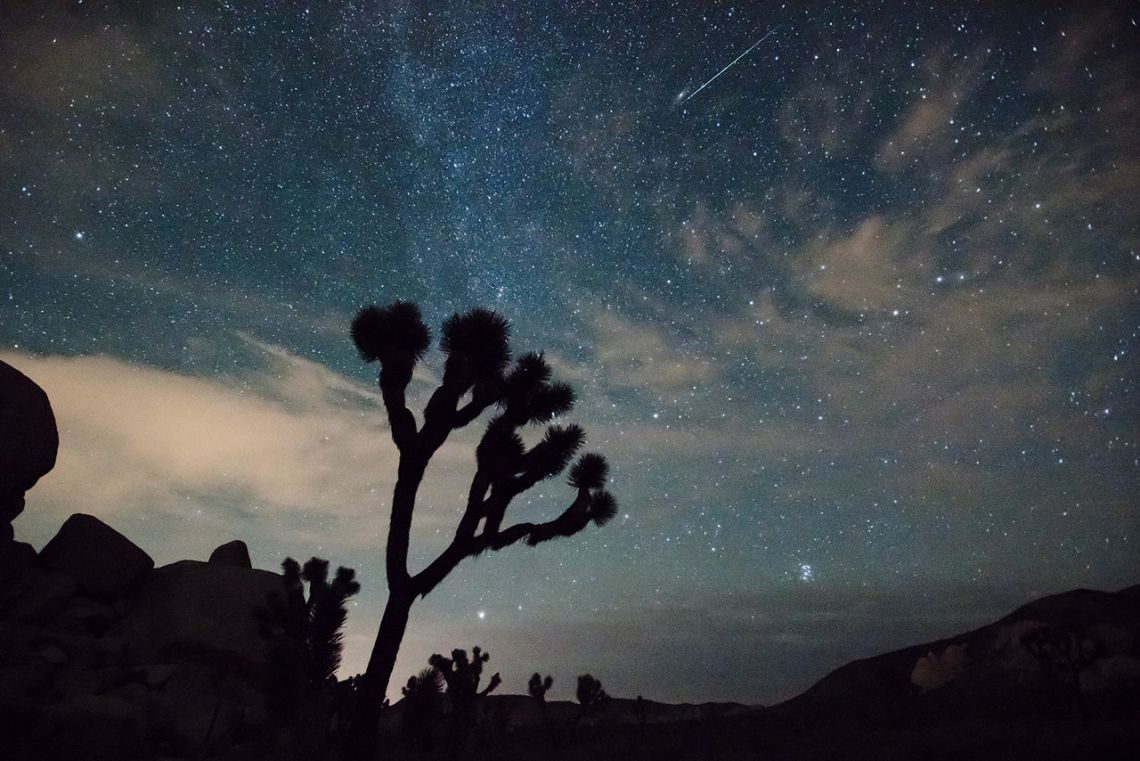
Leonids meteor shower 2025: What are they, when will they be visible from Chile, and what can we learn from them?
Millarca Valenzuela, meteorite expert, Associate Researcher at CATA and professor at UCN, explains this phenomenon, its characteristics, and the opportunities this event will offer.
The Leonids meteor shower, one of the most eagerly awaited astronomical events of the month, will reach its peak in the early hours of November 17 to 18, offering the chance to see between 10 and 20 meteors per hour. The phenomenon will be visible throughout Chile, especially in areas with low light pollution.
Millarca Valenzuela, meteorite expert and Associate Researcher at the Center for Astrophysics and Associated Technologies – CATA (ANID’s Basal Center) and professor at the Universidad Católica del Norte (UCN), explains this phenomenon, its characteristics, and the opportunities this event will offer.
What are Leonids?
The Leonids are generated by tiny fragments of rock and dust (meteoroids) that enter the Earth’s atmosphere at high speed. “These debris come from comet 55P/Tempel–Tuttle, whose 33-year orbital period leaves behind a trail of material that the Earth crosses annually between November 17 and 18,” explains Millarca Valenzuela.
The academic emphasizes that, although meteors can appear anywhere in the sky, their trajectories point toward a common point called the radiant, located in the constellation Leo. This characteristic is shared by other meteor showers such as the Perseids (radiant in Perseus) or the Geminids (in Gemini). However, the Leonids have a distinctive feature: they are the fastest meteors regularly observed, entering the atmosphere at about 71 kilometers per second.
“Depending on whether the Earth crosses denser dust filaments from the comet, the Leonids can become extraordinary spectacles, as happened in 1966, when up to 3,000 meteors per hour were recorded in the United States,” explains the CATA Associate Researcher.
How and when to observe from Chile?
The expert points out that the best time to watch the rain will be just before dawn, when the radiant is highest in the sky. “From Santiago, it is advisable to start observing between 3:00 and 4:00 a.m., although the streaks can appear anywhere in the sky, always ‘rising’ from Leo,” she explains.
Likewise, the UCN academic affirms that this phenomenon does not involve any type of risk and that, under optimal conditions, between 10 and 20 meteorites per hour can be observed without the need for instruments. The ideal conditions for viewing this phenomenon are dark skies free of light pollution and the absence of a bright moon.
Recommendations and opportunities to observe the Leonids
In addition to their visual spectacle, Valenzuela explains that each meteor shower originates from a parent body (comet or asteroid), so each event represents a dynamic snapshot of the body that created it, providing valuable scientific opportunities.
Among these, his study allows us to analyze how comets disintegrate at each perihelion (closest point to the Sun), identify dust filaments and estimate their age, detect changes in the body’s orbit or activity, and reconstruct the orbital history of ancient or extinct comets.
Finally, the CATA Associate Researcher points out that it will be worth the effort to see this event and invites people to expand their knowledge about these astronomical phenomena. “Events like this can be a powerful gateway to astronomy for young people and families. Seeing dozens of shooting stars fall can spark curiosity and motivate questions about how the universe works.” In this vein, she emphasizes the importance of parents or guardians accompanying children to observe the night sky, ideally away from the city to fully enjoy the show.
Recent news
-
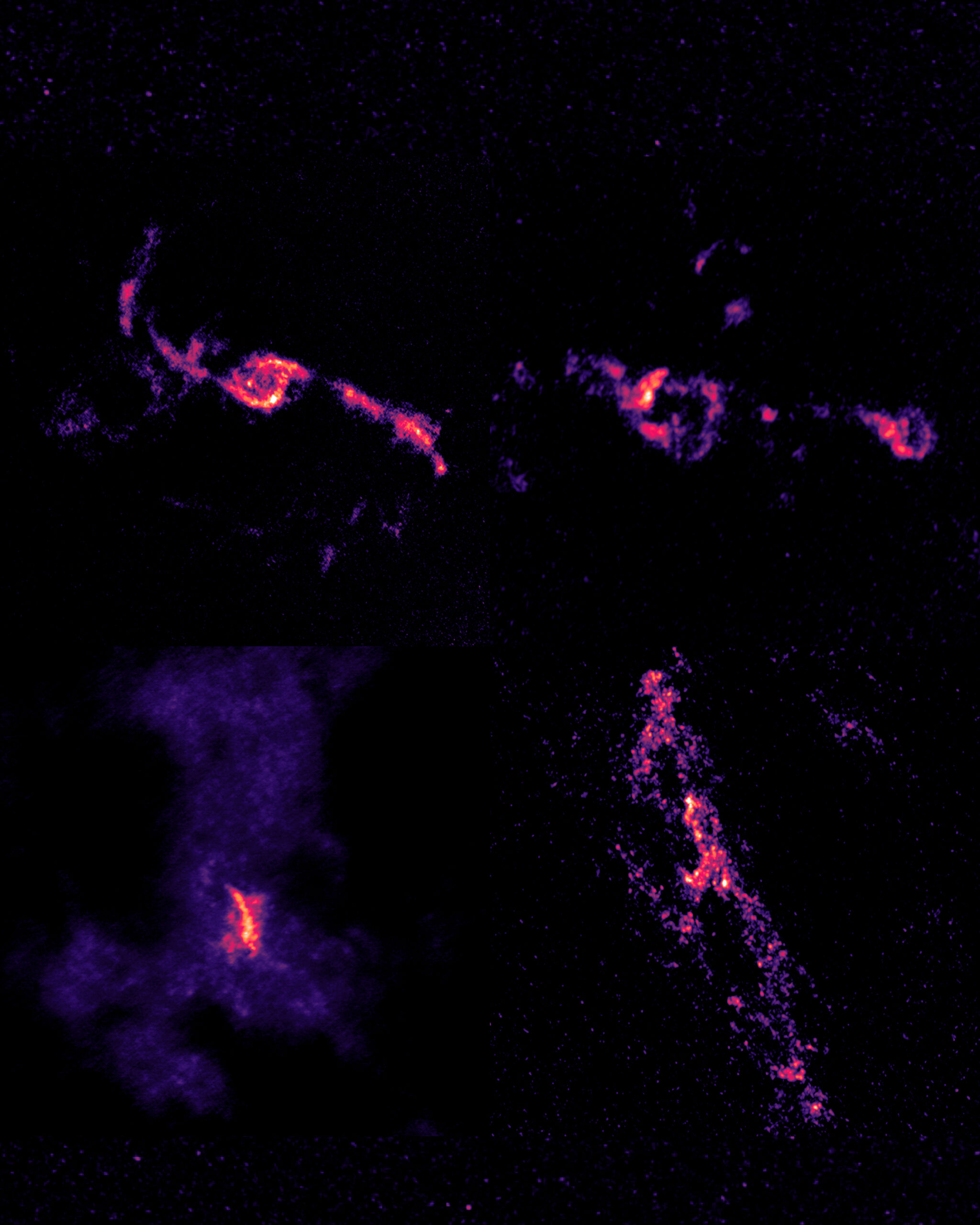 Publicado el: 22/12/2025International study reveals that black holes feed selectively
Publicado el: 22/12/2025International study reveals that black holes feed selectively -
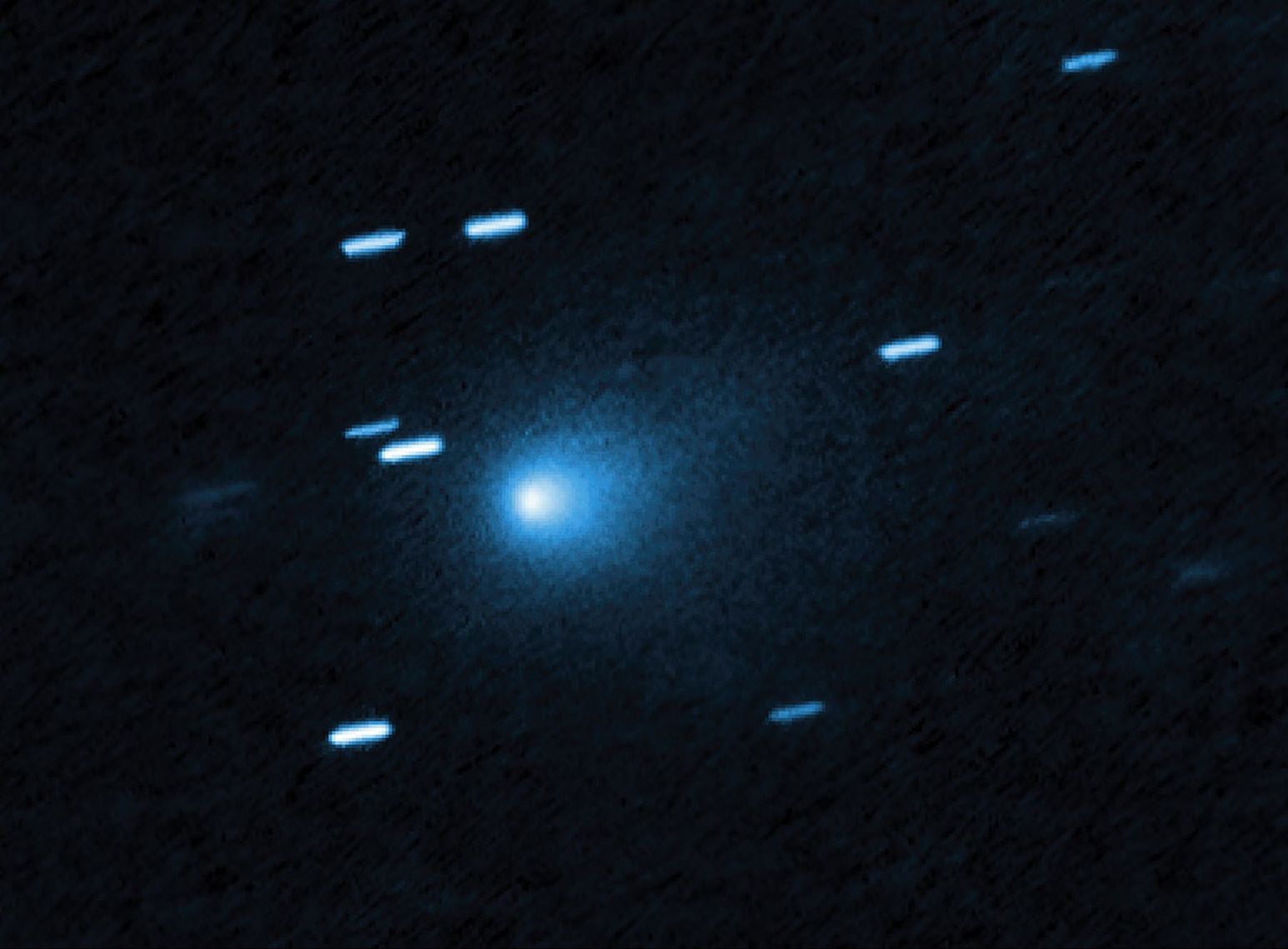 Publicado el: 20/12/20253I/ATLAS: the interstellar comet approaching Earth and what is known about it
Publicado el: 20/12/20253I/ATLAS: the interstellar comet approaching Earth and what is known about it -
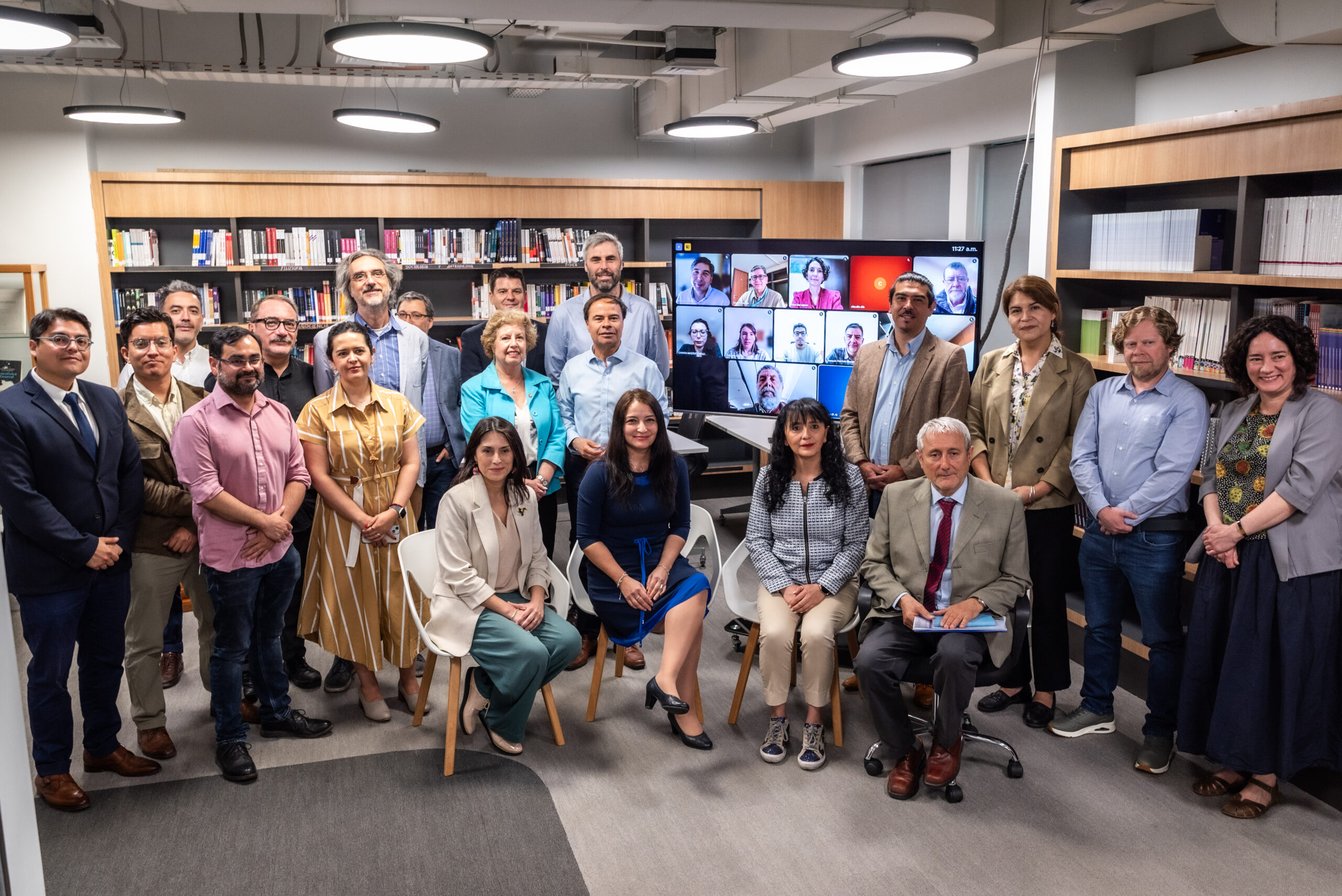 Publicado el: 18/12/2025Ministerial Advisory Committee for Astronomical Observation submits its final report
Publicado el: 18/12/2025Ministerial Advisory Committee for Astronomical Observation submits its final report -
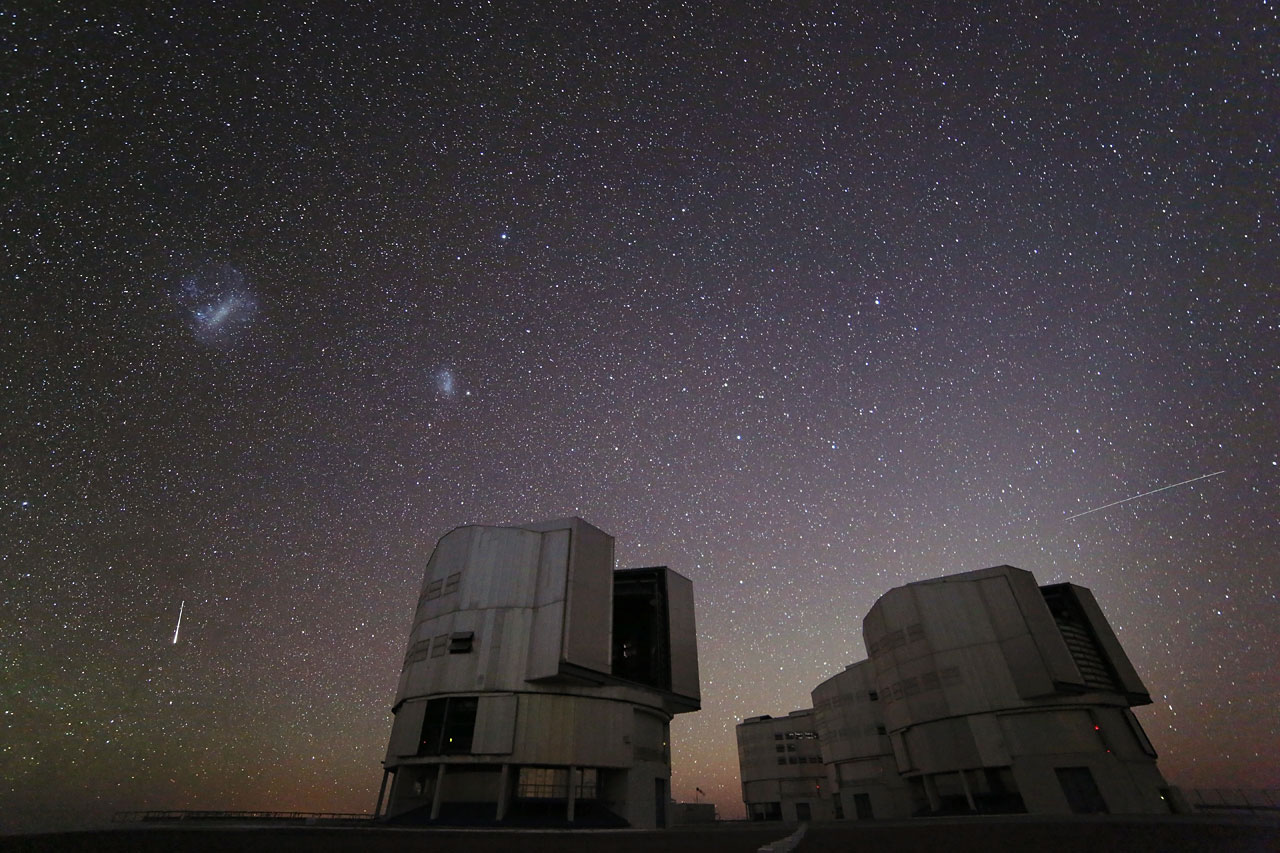 Publicado el: 13/12/2025Geminids 2025: facts and how to observe the last meteor shower of the year
Publicado el: 13/12/2025Geminids 2025: facts and how to observe the last meteor shower of the year -
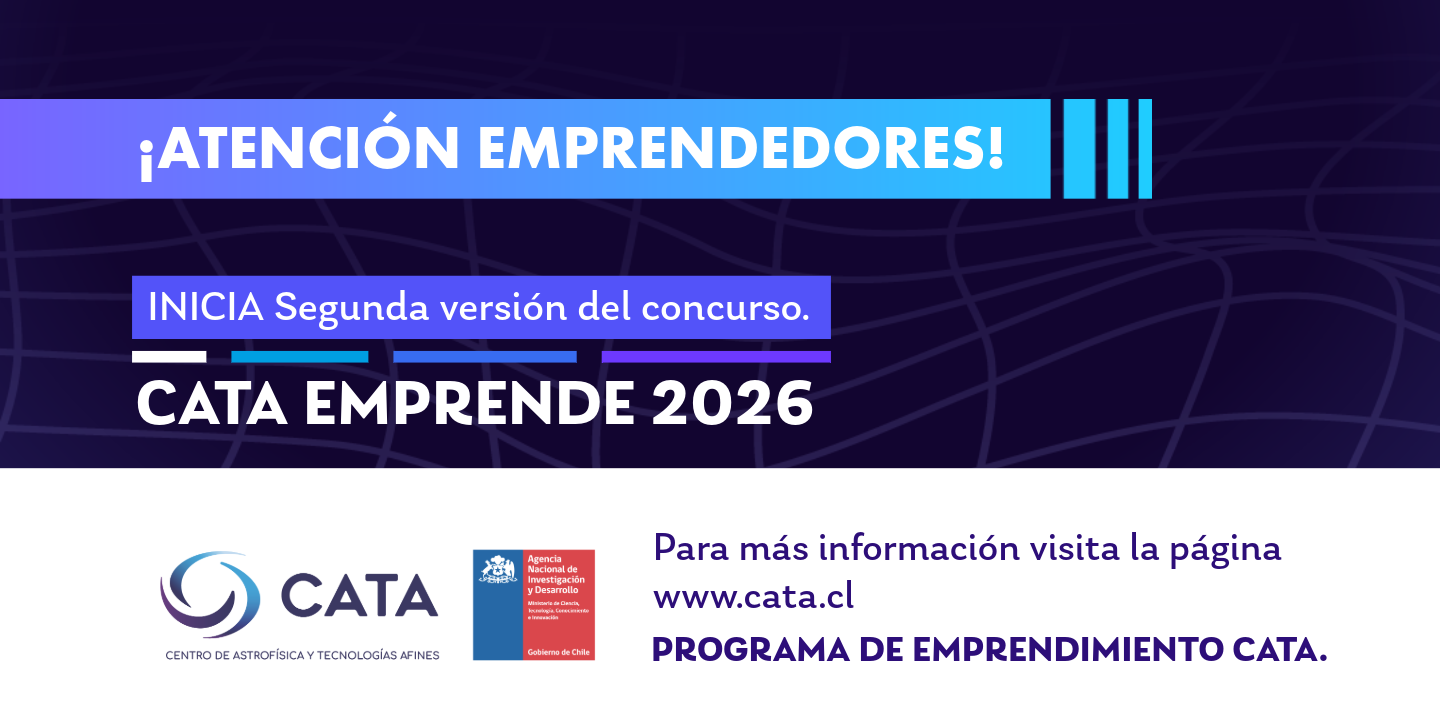 Publicado el: 12/12/2025Call for applications for the CATA Emprende 2026 program now open
Publicado el: 12/12/2025Call for applications for the CATA Emprende 2026 program now open
Categories list
- Acknowledgments 21
- Astrobiology 6
- AstroCluster 1
- Black holes 20
- Corporativo 58
- Cosmology 5
- Descubrimientos 23
- Disclosure 74
- Exoplanets 14
- Extension 7
- Galaxies 22
- Galaxies formation 6
- Inter y Transdisciplina 4
- Local Universe 17
- Publications 6
- Sin categorizar 34
- Solar System 23
- Stellar formation 8
- Technology 16
- Technology Transfer 18
